Biogeography Terms Exam 1
1/119
There's no tags or description
Looks like no tags are added yet.
Name | Mastery | Learn | Test | Matching | Spaced |
|---|
No study sessions yet.
120 Terms
biogeography
the study of te distribution of species and ecosystems across geographic space and through geological time.
ecological biogeography
the study of aspects of biogeographical phenomena that focuses on the interactions between the organisms and their environment
historical biogeography
the study of aspects of biogeographical phenomena that focuses on the origins and sebsequent history of lineages and taxa
Linnaeus
1700’s classifying species, species=unchanging. noted where species were found, starting ecological biogeography
Buffon, buffons law
environments that look similar in different regions contain different speices, paving way for historical biogeography
forster
plant diversity decreases as you move away from the equator
humboldt
plant species change with altitude, breast fed his daughter in a rainforest??
candolle
endemic species
Darwin (& wallace)
voyage on the HMS Beagle, galapogos islands, finches different beak shapes
wallace (& darwin)
in the east indies, noticed that butterflies look different do so for a reason, location, or advantages, or evolution
vicariance
barriers arise and split ranges (continents drifting apart)
dispersalism
species move across barriers (birds, floating seeds)
wegener (1912)
continents were once joined, pangaea. glossopteris(the tree) led to and supported this theory.
Glossopteris case study
brought about the idea of pangaea having existed (wegener), this was later proved fact
community
assemblage of interacting species, can be positive, negative, or neutral
ecosystem
community + physical environment + processesco
competition
when 2 organisms use the same limited resource, lowering the fitness for both (ex. two barnacles fighting for space on a rock)
interspecific
competition between different species
intraspecifc
competition within same species
exploitative competition
indirect, via resource depletion (ex. plants absorbing water from soil)
interference competition
direct, via aggressive interactions (ex. territorial fights in animals)
competition can lead to…
resource parittioning and competitive exclusion
predation
one species kills and eats another, regulates pop. size (ex. wolves preying on deer)
herbivory
animals consuming plants or algae, can reduce plant fitness, but also drives adaptations (morphological[ spines/thorns] or chemical [nicotine])
herbivory can lead to…
shaping plant community structure, coevolution between plants and herbivores
predation can lead to…
maintenance of prey pops. prevents dominance of single prey species, predator-prey cycles
parasitism
one organism lives on or in another and benefits at the hosts expense (+, -)
endoparasites
parasites inside the body
ectoparasites
parasites outside of the body
parasitism can lead to…
regulating host pops., alters host behaviors and ecosystem processes
mutualism
both species benefit in a relationship (+,+)
obligate organisms
organisms who can only survive if they have a mutualistic relationship (bees and flowers)
facultative
organisms that benefit from mutualism, but its not essential (clownfish and anemones)
commensalism
one species benefits, other is unaffected (+,o) (ex. barnacles on whales)
facilitation
one species improves the conditions of another without direct interaction, common in deserts, alpines, and marshes (ex. nurse plants - provides shade for seedlings)
neutralism
no significant interaction, the species don’t affect each other, this is RARE (o,o)
Clements vs. Gleason Debate
2 ecologists that had opposing views on how plant communities form
clements view
communitites are discrete, integrated units, they are orderly, conservation
conservation (clements)
protecting one species amy help maintain the whole community (clements view)
gleasons view
communtiies are coincidental, boundaries are arbitrary, they are fluid and ever changing, conservation
conservation (gleason)
focus should be on species and functional traits, not assumed community “wholes” (gleason view)
ecosystem
communities + abiotic factors (micro, meso, macro - small to large)
2nd law of thermodynamics
energy is lost as heat through each level of the trophic pyramid (only 10% of previous energy is actually passed on)
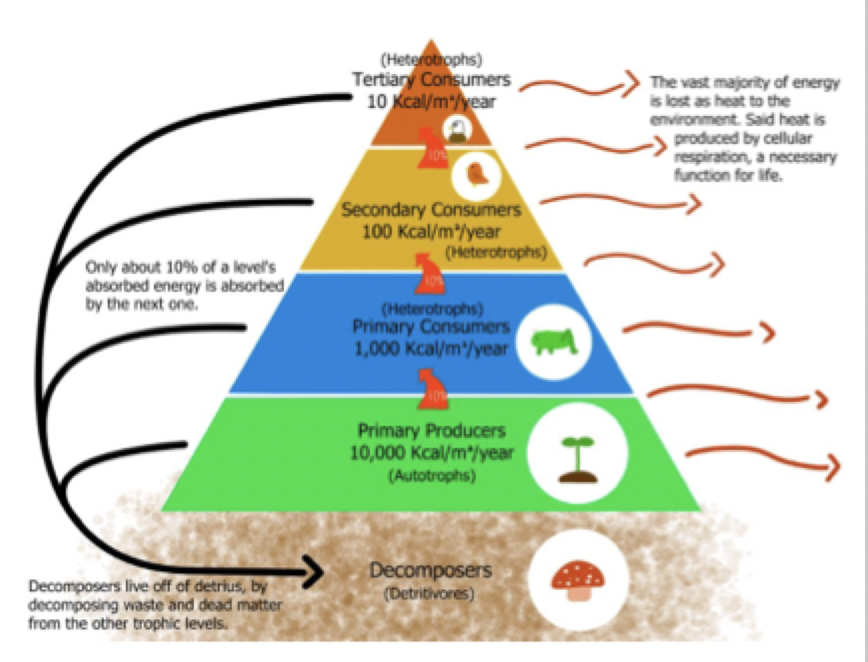
food webs
multiple feeding relationships, omnivory, detritus pathways, etc. keystones important
Gross Primary Productivity (GPP)
total energy fixed by photosynthesis
Net Primary Productivity (NPP)
EQUATION: GPP - energy lost through plant respiration (energy available to consumers)
productivity drives…
species richness and biome distribution
biodiversity
variety of life in an area, measured in species richness, evenness, and functional diversity
stability
an ecosystem’s ability to resist disturbance (resistance) or recover after disturbance (resilience)
The trophic pyramid…
is structured by predators from the top-down, and structured by the resources from the bottom-up
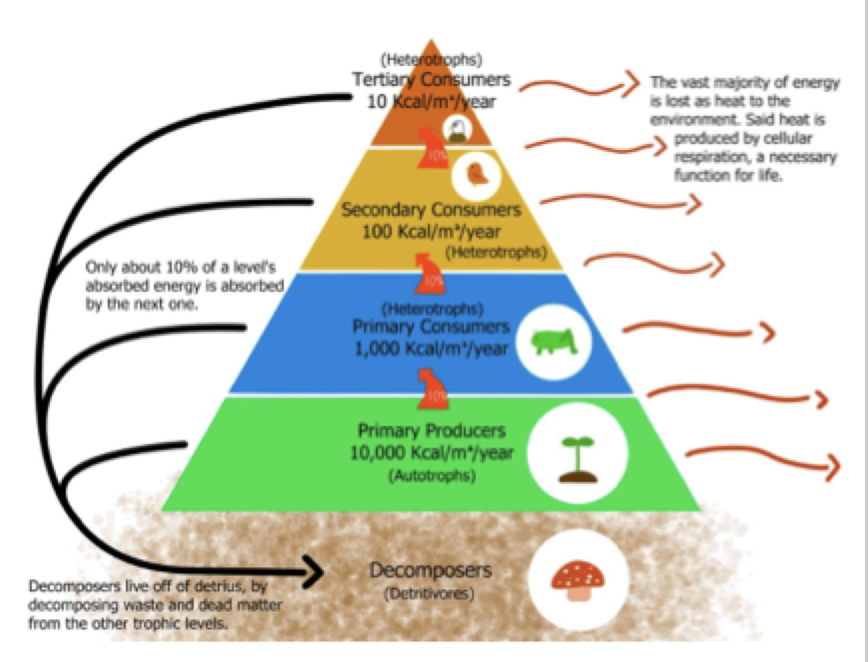
function
the processes and roles performed by species within an ecosystem (nutrient cycling, primary production, etc.)
redundancy hypothesis (diversity and function)
many species are redundant, only some are critical
linear model (diversity and function)
every species contributes equally
rivet hypothesis
some species are keystones, their loss causes damage
biodiversity
genetic variation within a species and number of different species, the diversity of entire ecosystems and habitats
host-parasite ratios
if every plant hosts a certain number of fungi or insects, we can extrapolate
indicator groups
some researchers use butterflies or birds as indicators of broader biodiversity
(Biodiversity) very large animals
only a few species (elephants, whales)
(biodiversity) mid-sized animals
hundreds to thousands
(biodiversity) small insects
millions
Latitudinal Diversity Gradient
The Big Pattern - biodiversity increase from poles to equator
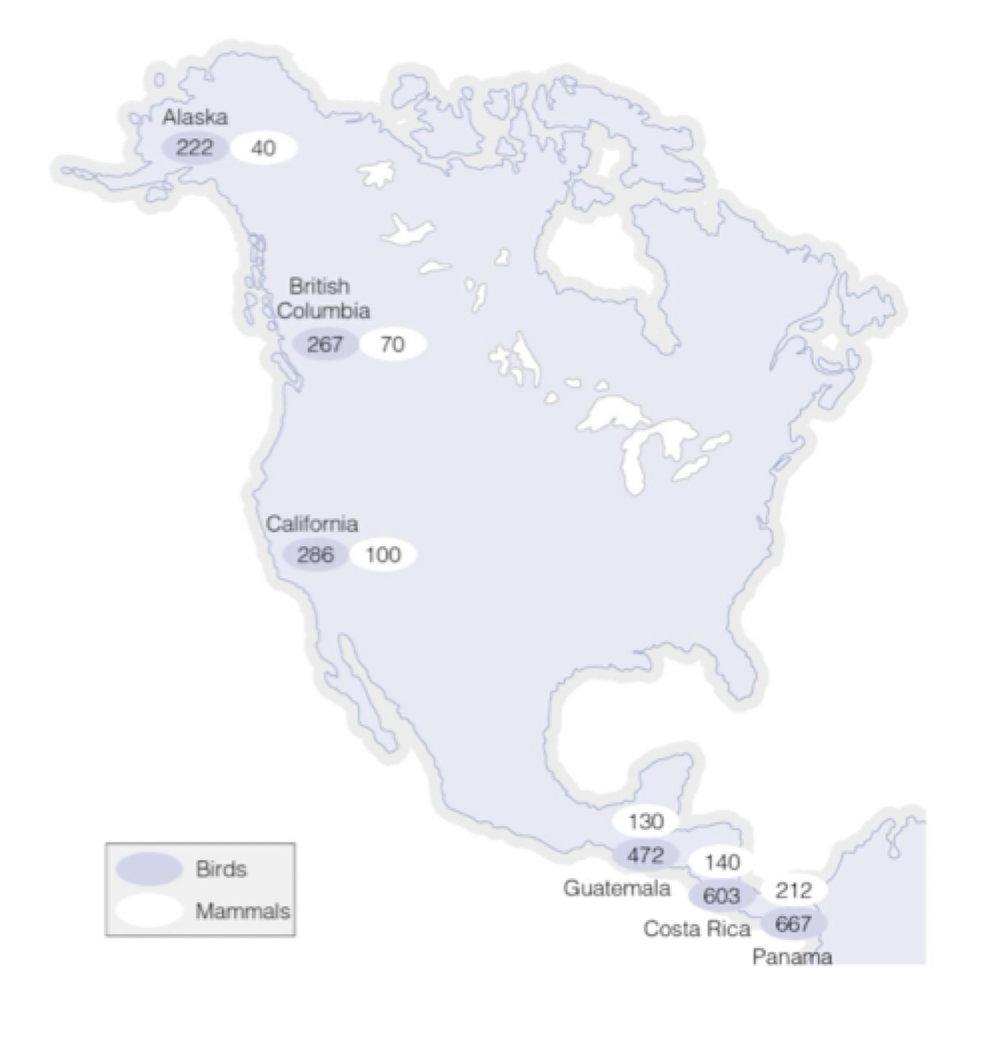
Water + Energy…
= Diversity
Currie & Paquin Finding
Tree Richness best predicted by evapotranspiration
Energy/Productivity
More energy and resources mean more species can coexist
climate stability
stable climates allows species to specialize
evolutionary time
tropics have been stable for longer
niche specialization
competition is intense in the tropics, pushing species into narrow niches
south continents
fragmented (Gondwana breakup)
north continents
relatively stable connections
Case Study: Great American Interchange
was a major event in biogeography occurring approximately 3 to 3.5 million years ago when the Isthmus of Panama formed, connecting North and South America and allowing the exchange of animal and plant species
Tectonics Direct Effects
splitting and collision of landmasses: new barriers and corridors
Tectonics Indirect Effects
Shifts in climate, sea levels, and currents: Creation of deserts, mountains, and shallow seas
latitude matters
continents crossing climate zones, new environments
polar distribution
land at poles, ice sheets forms, cooling Earth
albedo effect
ice and snow reflect sunlight, amplifies cooling
continental fragments
once part of a continent (ex. madagascar)
volcanic arcs
formed at subduction zones (ex. Lesser Sundas)
hot spot islands
fixed mantle plumes form chains (ex. Hawaii)
convergent (continental drift)
trenches, mountain building
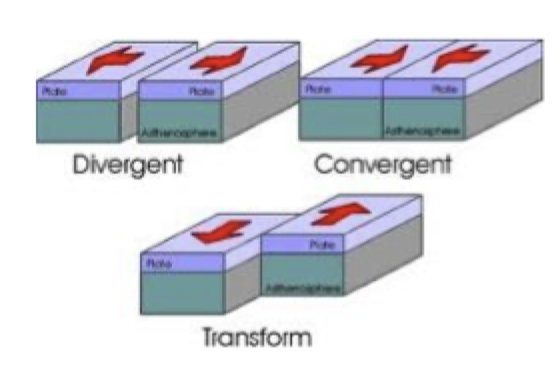
divergent (continental drift)
mid-ocean ridges
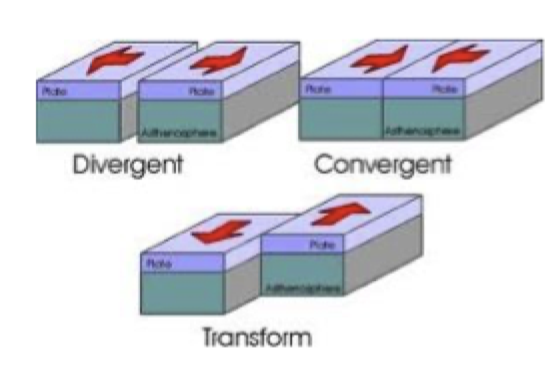
transform (continental drift)
earthquakes (ex. san andreas)
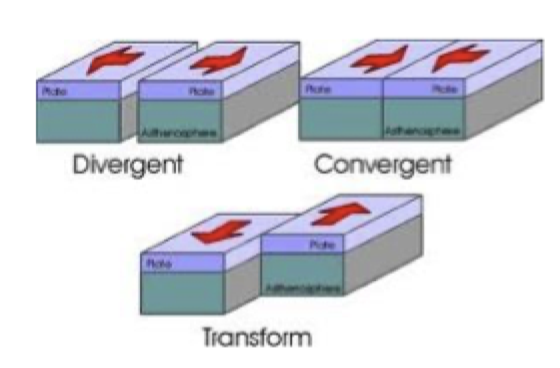
continental drift
moving landmasses
plate tectonics
whole lithospheric plates (land+ocean)
Hess (Sea floor spreading)
new crust at mid-ocean ridges, destroyed at trenches
Vine & Matthews (sea floor spreading)
magnetic stripes confirm spreading
Why tectonics matter…
shapes continents&oceans, creates connections&barriers for species, and alters climate, sea level, and habitats
neutral theory (Hubbell)
species abundance may result from random processes. assumes species at same trophic level are ecologically equivalent, works well for plants and not for animals
intermediate disturbance hypothesis
moderate disturbance = highest richness. prevents competitive exclusion by dominant species, allows coexistence of early and late successional species
alpha diversity
richness within a single habitat, drives regional biodiversity with beta
beta diversity
turnover between habitats, drives regional biodiversity with alpha
disturbances
storms, fires, floods drive cycles
succession
new species colonize, communities shift
patch dynamics
mosaic of habitats at different stages
rapoparts rule
species ranges are broader at higher latitudes
factors affecting altitudinal diversity
climate variation, human influence, & area effect
vicariance
splitting of populations by new barriers
dispersal opportunities
land bridges, connected continents
habitat shifts
deserts, forests, grasslands expand and shrink
biodiversity patterns
dynamic, shaped by Earth’s crust
Allopatric speciation (common)
geographic isolation